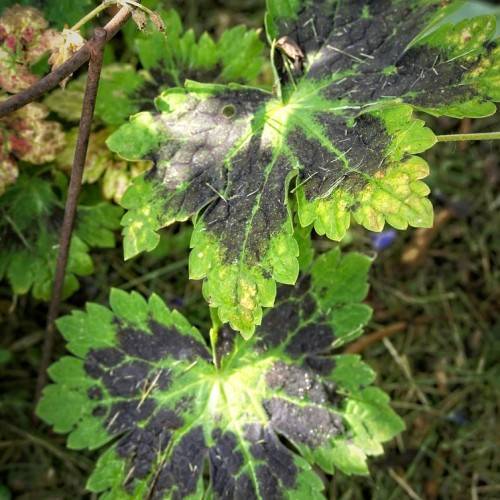
hardy geranium
Geranium phaeum
Cycle:
Herbaceous Perennial
Watering:
Frequent
Hardiness Zone:
5 - 7
Flowers:
Flowers
Sun:
Part shade,full shade
Soil:
Well-drained
Fruits:
Fruits Ready In
Leaf:
Yes
Growth Rate:
High
Maintenance:
Low
Drought Tolerant:
Yes
Salt Tolerant:
Yes
Care Level:
Medium
watering
Hardy geraniums should be watered thoroughly every 5-7 days. In summer months, when temperatures are hot and the soil dries out more quickly, water more frequently. The soil should be moist, but not soggy, so adjust water levels according to soil and weather conditions. During the cooler months, reduce watering to once every 10-14 days. Drip irrigation is a great option for watering these plants without drowning them, which can occur with heavy sprinklers.
sunlight
Hardy geraniums thrive best in full sun or partial shade. They prefer 6 to 8 hours of direct sunlight a day during the growing season. In areas that experience intense summers, it is best to place them in a partially shaded area to help prevent the leaves from becoming scorched and bleached. During the cooler winter months, they can tolerate a few hours of direct sunlight each day. Hardy geraniums also do well in containers and can be moved for more or less sunlight depending on their needs.
pruning
Hardy geraniums should be pruned once a year, typically in the spring just before or after the new growth appears. To keep the best form and shape, remove any dead and damaged stems, and lightly trim and shape the plant with hedge shears. This will help to keep the plant looking tidy, reduce the risk of disease and allow for the maximum amount of sunlight and air circulation. It is also important to remove any flowers that are beginning to form, as bloom removal will encourage more blooms later in the season. Finally, pinch back the tips of the stems to encourage bushier growth and a fuller shape.
